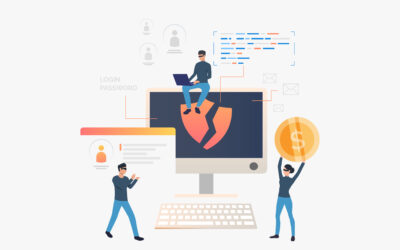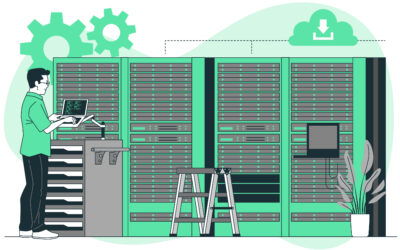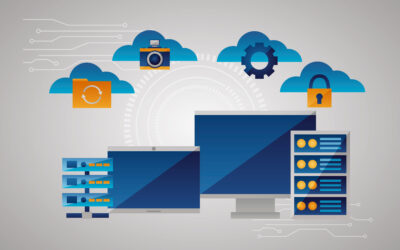
AI-Powered Cybersecurity: The New Frontier for B2B Enterprises
Introduction In the rapidly evolving digital landscape, artificial intelligence (AI) has emerged as a transformative force in cybersecurity. For B2B enterprises, integrating AI into security frameworks is not just an option—it’s a necessity to stay ahead of sophisticated cyber threats. The Rise of AI in Cybersecurity AI’s ability to analyze vast datasets and identify patterns…















